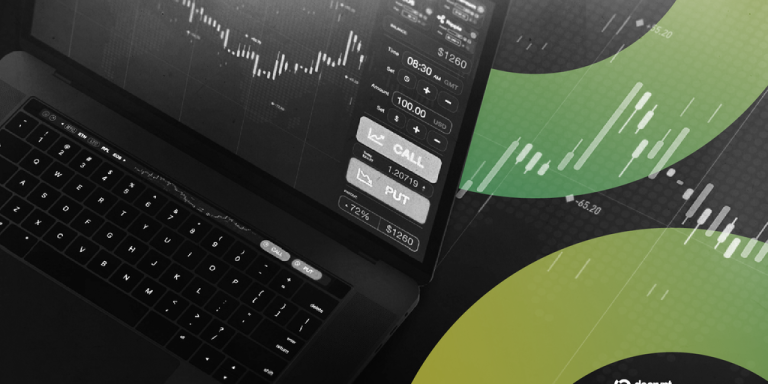
“
Bitcoin 2025: The Intersection of Technology and Finance
Bitcoin 2025: The Intersection of Technology and Finance is a crucial topic in today’s world. As we move forward in time, the importance of understanding the relationship between technology and finance cannot be overstated. Bitcoin, a decentralized digital currency, has been at the forefront of this intersection, revolutionizing the way we think about money and financial transactions.
Introduction to Bitcoin

Bitcoin was first introduced in 2009 by an anonymous individual or group of individuals using the pseudonym Satoshi Nakamoto. It was created as a response to the traditional financial system, which was seen as flawed and in need of disruption. Bitcoin’s decentralized nature, security, and transparency made it an attractive alternative to traditional currencies. For a deeper understanding of its evolution, check out Bitcoin by 2025: A Deep Dive into Its Evolution.
The Impact of Bitcoin on the Finance Industry

The impact of Bitcoin on the finance industry has been significant. It has opened up new opportunities for investment, payment processing, and remittances. The use of blockchain technology, which is the underlying technology behind Bitcoin, has also led to the development of new financial instruments and platforms. To explore how Bitcoin is shaping the global economy, read The Road to 2025: How Bitcoin is Shaping the Global Economy.
Advantages of Bitcoin

There are several advantages to using Bitcoin, including:
- Decentralized and secure: Bitcoin’s decentralized nature and use of advanced cryptography make it a secure form of currency.
- Transparent: All Bitcoin transactions are recorded on a public ledger, making it a transparent form of currency.
- Fast and global: Bitcoin transactions are fast and can be made from anywhere in the world.
- Low transaction fees: Bitcoin transaction fees are significantly lower than those of traditional payment systems.
Challenges Facing Bitcoin

Despite its many advantages, Bitcoin also faces several challenges, including:
- Regulation: The lack of clear regulation and oversight has made it difficult for Bitcoin to gain widespread acceptance.
- Volatility: The value of Bitcoin can be highly volatile, making it a risky investment.
- Security risks: While Bitcoin’s use of advanced cryptography makes it secure, there are still risks associated with hacking and other forms of cyber attacks.
- Scalability: The Bitcoin network has struggled with scalability issues, which has limited its ability to process a high volume of transactions.
The Future of Bitcoin

As we look to the future, it is clear that Bitcoin will continue to play a significant role in the finance industry. Its decentralized nature, security, and transparency make it an attractive alternative to traditional currencies. However, it will be important to address the challenges facing Bitcoin, including regulation, volatility, security risks, and scalability. For insights on Bitcoin’s potential dominance, see Will Bitcoin Dominate in 2025: Trends and Insights.
Conclusion

In conclusion, Bitcoin 2025: The Intersection of Technology and Finance is a topic that is at the forefront of the finance industry. As we move forward in time, it will be important to understand the relationship between technology and finance and how it will shape the future of money and financial transactions. Bitcoin, with its decentralized nature, security, and transparency, is well-positioned to play a significant role in this future.
See more:
https://www.coindesk.com/
https://www.bitcoin.org/
https://www.investopedia.com/



